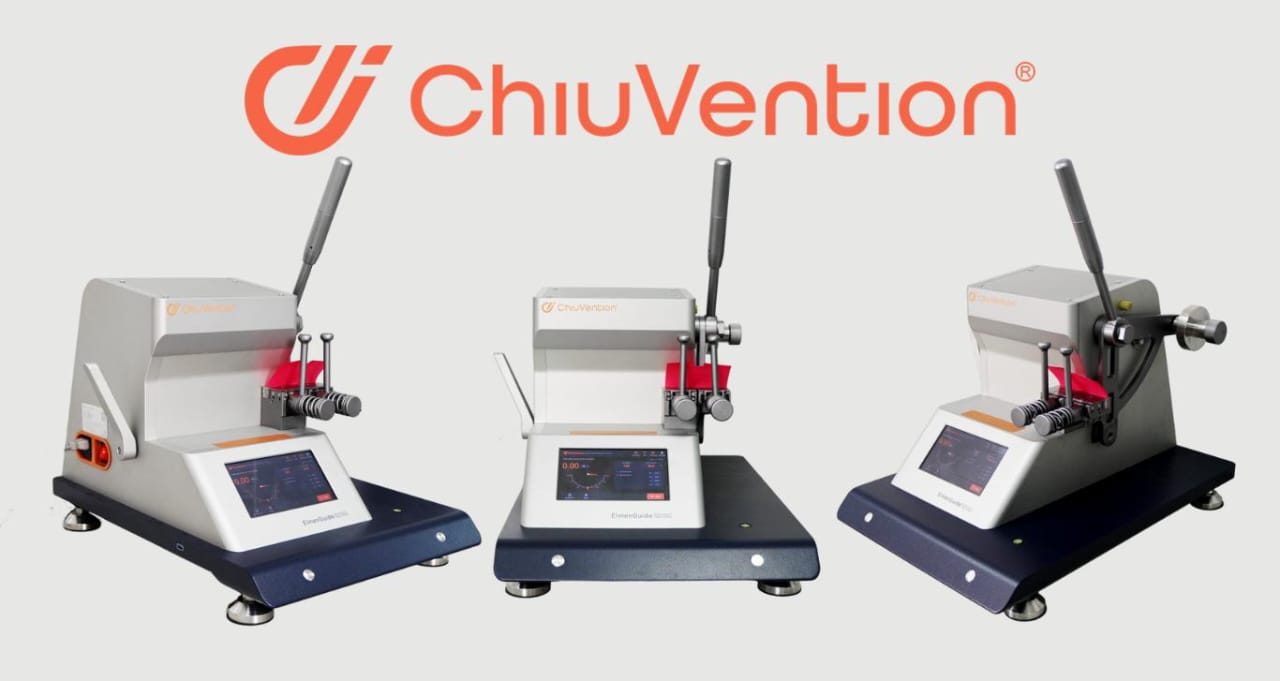In textile manufacturing, ensuring the durability and longevity of fabrics is key to producing high-quality products. One of the primary methods for assessing fabric durability is through a tearing strength test. The Elmendorf Tearing Strength Tester is the industry-standard instrument for performing this test, providing reliable data on how resistant a fabric is to tearing once a tear has begun.
What is Tearing Strength?
Tearing strength refers to the amount of force required to propagate a tear in a fabric once a cut has been made. This is particularly important in everyday applications, such as clothing and upholstery, where fabrics are subject to continuous wear and stress. A fabric with high tearing strength can better withstand the rigors of daily use, ensuring longer life and better performance.
How the Elmendorf Tearing Strength Tester Works
The Elmendorf Tearing Strength Tester operates by making a controlled tear in the fabric and measuring the force required to continue that tear. The tester uses a pendulum that swings and tears the fabric from an initial cut. The force absorbed during the process is recorded as the Elmendorf tear strength, providing a standardised measure of the fabric’s resistance to tearing.
Tearing Strength Test Method
The tearing strength test method follows a straightforward process. A small incision is made in the fabric sample, and the tester applies a consistent force to propagate the tear from that point. The force required to complete the tear is measured, offering insight into the fabric’s durability. This method is repeatable and reliable, making it ideal for comparing the tear resistance of different fabrics.
What is the Formula for Tearing Strength?
The formula for tearing strength involves calculating the force applied to tear the fabric in relation to the size of the fabric sample being tested. This formula provides a standardised result, allowing for accurate comparisons between different fabrics. By applying this formula, manufacturers can assess whether their textiles meet the required quality and strength standards.
Fabric Tear Strength Standards
Various international standards govern the testing of fabric tear strength. Standards such as ISO 13937 and ASTM D1424 specify the procedures for measuring the tearing strength of woven fabric and other textile types. These standards ensure consistency and reliability in testing, making it easier for manufacturers to maintain quality control and meet industry benchmarks.
Why Tearing Strength Matters for Woven Fabrics
For woven fabrics, which are commonly used in apparel, upholstery, and industrial applications, testing the tearing strength is critical. The tearing strength of woven fabric can determine its durability and how well it will hold up under pressure. By using the Elmendorf Tearing Strength Tester, manufacturers can guarantee that their woven fabrics are resistant to tearing, ensuring that their products are both high-quality and long-lasting.
Conclusion
The Elmendorf Tearing Strength Tester plays a crucial role in ensuring fabric durability by providing accurate measurements of tear strength. Understanding the tearing strength test method and utilising the correct formulas ensures that manufacturers can assess their fabrics’ ability to withstand stress. By adhering to industry standards and testing the tearing strength of woven fabrics, manufacturers can consistently produce durable, high-quality textiles that meet consumer demands.
Keep an eye for more news & updates on Essential Tribune!








